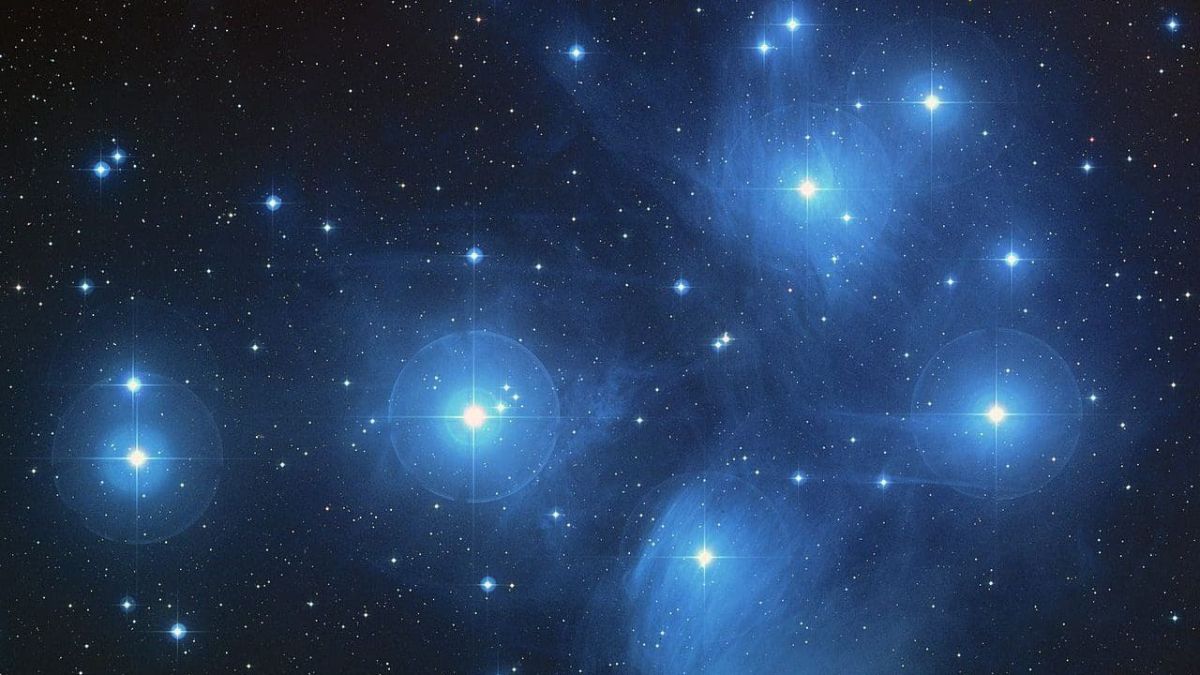You know how when you look up at the night sky, most of the stars seem to stay put, as opposed to the planets that go round and round? Well, those “stay-put” stars are what astrologers refer to as fixed stars. For centuries, people who observed the skies recognized these weren’t just a static background. They believed these points of light, although they did not shift like planets, possessed their own unique energies that could subtly but significantly influence us and what occurs on Earth. An awareness of these stationary stars provides a genuinely ancient and hip element to astrology that informs us about things beyond the immediate actions of the planets.
Planets versus Those “Stuck” Stars
The big distinction is the way they appear to be moving. Planets in our solar system orbit around the Sun, so they move through the zodiac signs. Fixed stars, being incredibly distant suns in our galaxy, appear to not be moving from our vantage point on Earth. They do shift a very little bit over incredibly long times, but to human beings, they appeared “fixed” to the sky.
How These Stars Get Their Energy Across:
Old-fashioned astrology teaches that fixed stars primarily affect us when they align quite closely with significant points within your birth chart, such as:
Planets: When a planet is literally next to a fixed star, the special energy of the star can blend with and alter how that planet typically behaves.
Angles: Stars that are near the angles of your birth chart (such as your rising sign or midheaven) are regarded as very powerful, affecting who you are, where your life goes, your career, and your heritage.
While other associations are observed by some contemporary astrologers, the classic perspective actually concerns how close they are to one another. The more closely aligned (within a degree or two, sometimes even smaller for very bright stars), the more powerful the effect is believed to be.
What Type of Energy Do They Possess?
Every stationary star is thought to possess its own signature energy, frequently drawing from the mythology associated with its constellation or from observing the stars for centuries. These energies are usually characterized similar to a combination of planet energies. For instance:
Regulus (in Leo): Called the “Heart of the Lion,” it’s sometimes associated with being a leader, royalty, bravery, and achievement, but also the potential for things to go awry if you become too arrogant. Its energy is usually Mars and Jupiter blended.
Sirius (in Canis Major): The most radiant star in the evening sky, commonly associated with good fortune, honor, passion, and loyalty. Its energy is associated with Jupiter and Mars.
Aldebaran (in Taurus): One of the four ancient “royal stars,” associated with riches, success, honesty, and courageous, yet also the possibility of being too hasty in action. Its energy is associated with Mars.
Algol (in Perseus): An ancient star considered to be unlucky, associated with dramatic changes and intense feelings. Its energy is associated with Saturn and Jupiter, or Mars and Saturn at times.
Spica (in Virgo): A fortunate star associated with talent, prosperity, success, and creativity. Its energy is associated with Venus and Mars or Jupiter.
Why Bother Learning About Fixed Stars?
Including fixed stars in your astrology report can make it more specific and engaging. They can:
Describe More Powerful Planet Vibes: A planet that’s near a powerful fixed star may behave with greater power or in a more precise manner than simply its zodiac sign and other influences would indicate.
Reveal Latent Talents or Issues: Fixed stars involved in significant sections of your chart may indicate skills you weren’t aware you possess or issues which may not necessarily be apparent merely by observing the planets.
Bridge Us to Ancient Wisdom: Reading fixed stars bonds us to the truly ancient traditions of astrology and all the attention to detail human beings paid the sky ages ago.
Give a Bigger Picture: While viewing the fixed stars in the distance, we can gain a more detailed and fuller picture of a person’s cosmic blueprint.
Looking at the Stellar Sky:
To calculate with fixed stars, you require very accurate star charts that account for the way the Earth’s axis precesses over time, causing the stars to appear as if they are slowly moving. Astrologers must consult special books that provide the present positions of fixed stars in the zodiac.
Although they’re not necessarily the central topic of astrology these days, the power of fixed stars remains a very fascinating and compelling subject to explore. By learning about their ancient significance and how they relate to our birth charts, we can tap into deeper insights about our own journeys and our place in the vast, eternal universe. When we gaze upwards at those fixed stars, we can recall they too have stories to share, sharing ancient wisdom through the ages.
Also read: Venus in Aries 2025: Passionate New Beginnings Ignite













